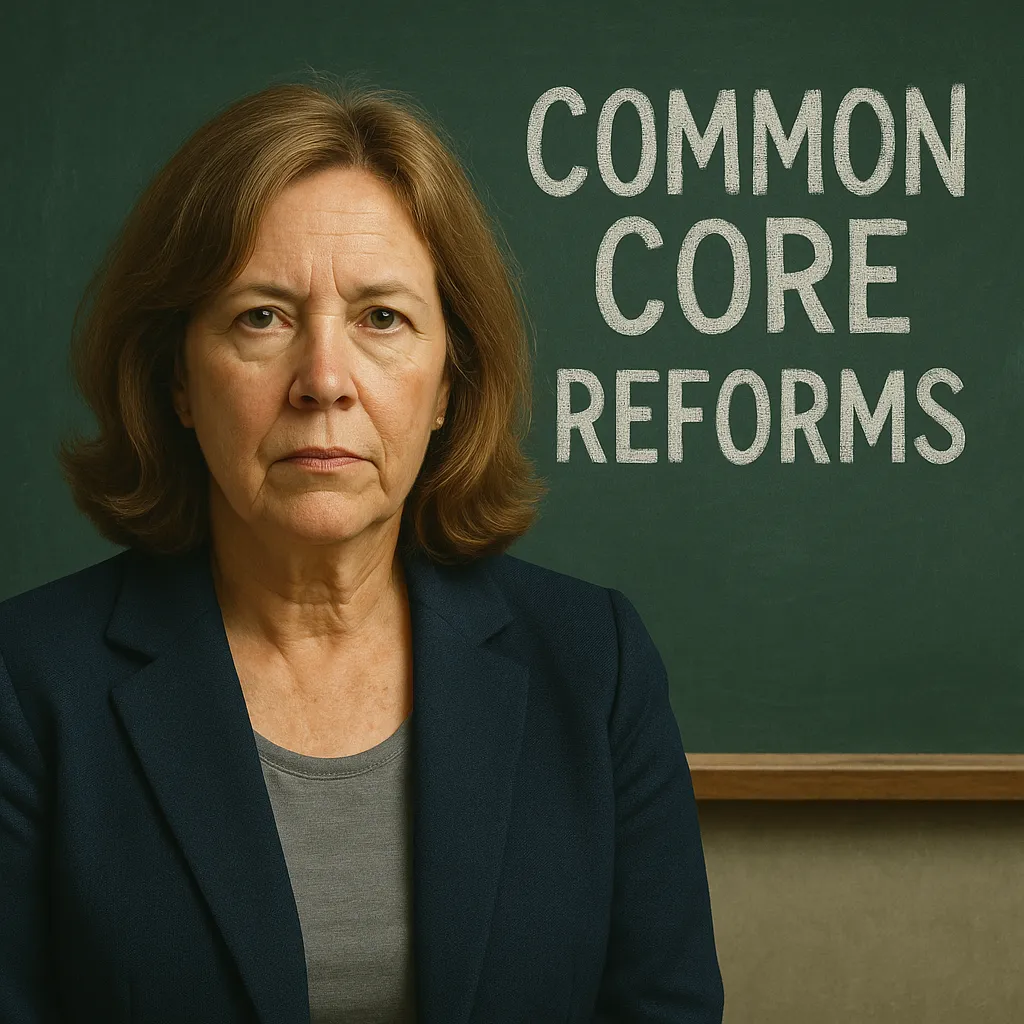Sean Feeney, principal of The Wheatley School in New York, has formally challenged the methodology used by U.S. News & World Report in its 2015 high school rankings. In a letter addressed to the publication, Feeney highlighted key discrepancies between the ranking system used this year and that of previous years—particularly for schools in New York State.
According to Feeney, U.S. News significantly altered its data analysis, abandoning the cohort-based method traditionally used for evaluating student proficiency in favor of a one-year snapshot of test takers. This shift, he argues, does not align with how New York State assesses school performance and undermines the efforts of schools that promote academic advancement.
Cohort vs. Snapshot: A Shift with Major Consequences
In prior years, U.S. News utilized cohort data—tracking student performance over time—to determine proficiency in subjects such as English and mathematics. This approach mirrored New York State’s accountability system and provided a consistent and reliable measure of how a particular group of students progressed through their academic careers.
Under this model, Wheatley had been recognized for exceptional performance, receiving 99% proficiency ratings in both English and math in the 2014 rankings, based on the 2008 cohort.
In contrast, the 2015 rankings were based on the performance of students who took exams during the 2012–2013 academic year, regardless of their cohort. As a result, U.S. News reported a dramatic 10-point drop in Wheatley’s math proficiency—from 99% to 89%. This figure, Feeney states, does not accurately reflect the 2009 student cohort and raises concerns about fairness and validity.
Penalizing Schools That Push Students to Excel
The Wheatley School has long encouraged students to pursue the Regents Diploma with Advanced Designation, a path that requires passing three mathematics Regents exams. While only one math Regents is required for graduation, Wheatley promotes all three, with students often attempting more challenging exams like Algebra 2/Trigonometry—sometimes multiple times if they initially fall short.
This academic culture fosters higher achievement but also means more test attempts, some of which may result in temporary failure. By using a snapshot method that counts all test takers in a single year, the U.S. News rankings appear to penalize schools that provide these opportunities.
The key issue lies in how proficiency is calculated. Rather than recognizing Wheatley’s high rate of advanced diploma attainment—approximately 85%, compared to the state average of 31%—the rankings reflect a short-term view that doesn’t account for educational growth or academic risk-taking.
Schools that shelter lower-performing students from advanced exams can maintain higher short-term pass rates. In contrast, schools like Wheatley that encourage academic rigor and persistence may appear weaker under the snapshot model, even as they produce more college-ready graduates.
A Call for Transparency and Fair Evaluation
Sean Feeney has urged U.S. News to publicly acknowledge and correct the methodology used in the 2015 rankings. He argues that the change marks a significant departure from past practice and unfairly affects schools that have built reputations on academic challenge and student opportunity.
The Wheatley community, which has consistently met and exceeded state performance benchmarks, expects rankings to reflect the full scope of student achievement—not just one year’s test results.
Feeney’s correspondence also raises larger questions about how national rankings are compiled and whether they account for the diversity of educational models across states. When rankings ignore local accountability systems and promote narrow definitions of success, they risk sending the wrong message to schools, students, and families.
Looking Ahead
As education stakeholders increasingly rely on rankings to evaluate school quality, calls for greater transparency and consistency in methodology are likely to grow. Schools that challenge students to go beyond the minimum deserve recognition—not penalties—for their efforts.
Until ranking systems align with long-term educational goals, they may fail to represent the full picture of what student success truly looks like.



